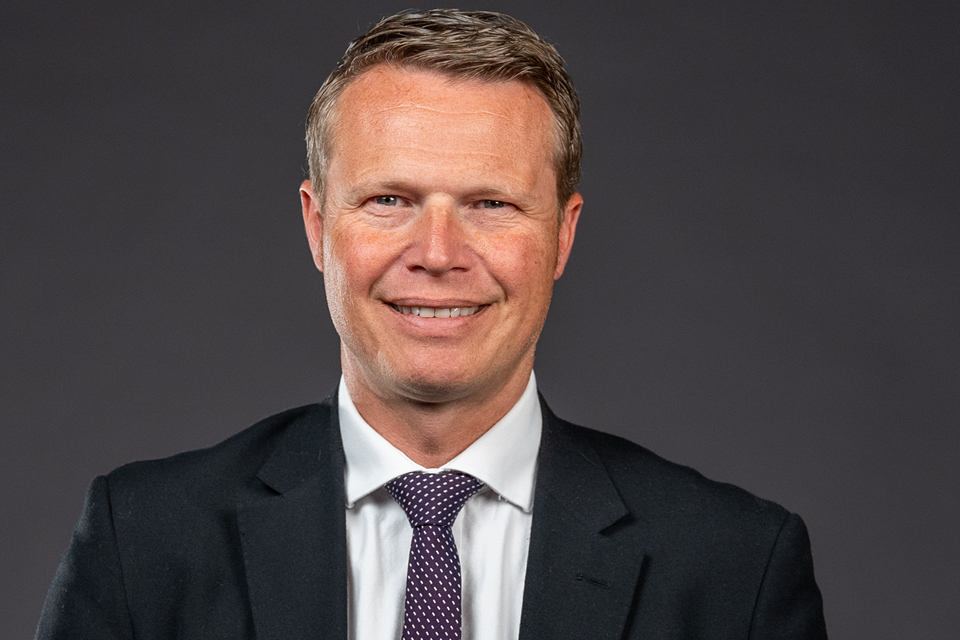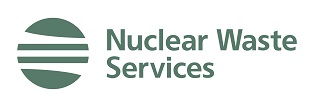2022 to 2023 year in review: Treatment and Packaging
Published 26 October 2023
In conversation with Dr Craig Ashton
Craig Ashton is Waste Services Director and leads the ‘one-stop shop’ provided by Nuclear Waste Services to support customers with the management of their radioactive waste.

Craig Ashton, Waste Services Director, Nuclear Waste Services
He describes our broad range of customers, as we work with NDA group operating companies, such as Sellafield and Magnox, and other organisations that generate radioactive waste, including defence, healthcare, and industry.
The effective treatment and packaging of radioactive waste allows us to achieve our strategic objective to reduce overall waste volumes and maximise package performance – helping us to achieve value for money alongside the safe management of radioactive waste.
Our waste services team provides a range of existing services to help waste producers manage their waste throughout the lifecycle.
Treatment is all about enabling the waste hierarchy (see ‘waste hierarchy explainer’). We treat nuclear waste so that it can be managed in a more optimised manner, and ideally re-used or recycled. Treatment can take many forms, like super-compaction or incineration. And if something needs disposal, it’s conditioned to optimise it for disposal, for example looking to reduce its volume.
For example, thermal treatment technologies apply high temperatures to waste to pacify reactive materials, reduce volumes, and produce a stable waste form for final disposal. We are working closely with Sellafield Ltd who are leading the trials programme towards developing thermal treatment into a proven technology solution.
Our work on containers is about making sure they are fit for transportation and disposal, factoring the safety case of the facility it’s going to.
Radioactive waste containers are designed to provide containment through all phases of the waste management lifecycle. The design or selection process is underpinned by government policy, legislation, and strategy, and is influenced by a variety of factors including the characteristics of the waste, as well as the proposed approach to waste treatment, storage, and disposal.
Achievements
This year has seen some great achievements:
-
We have safely diverted huge volumes of nuclear waste away from disposal at our Repository site. This has been achieved through a range of characterisation and treatment services, ensuring that only wastes which require the protection of an engineered vault are disposed of at our site and saving taxpayers millions of pounds. In 2022-23, 1689te of metallic waste was treated with 98% released for recycling.
-
We’re creating containers fit for the job. Last year we made 57 containers, 766 soft-sided packages, and 5179 drums - all licensed and certified for radioactive waste.
-
We’re investing in our expertise for the future. Our Waste Expert Career Pathway has been accredited by the CIWM – a first for the nuclear industry.
Looking ahead, we wish to expand our service offerings and our 2030 strategy will focus on an approach to standardise waste containers, innovative ways to treat bulk or problematic wastes like asbestos and metals. We’ll also continue to support Sellafield and others developing new technologies, such as options for thermal treatment of higher activity waste.

